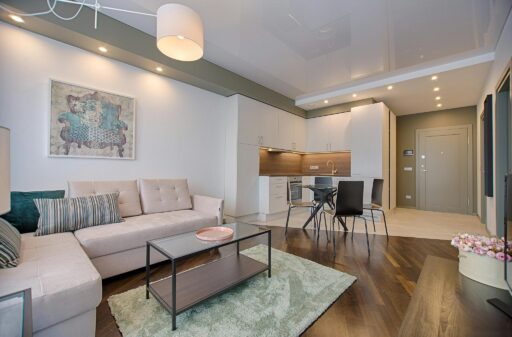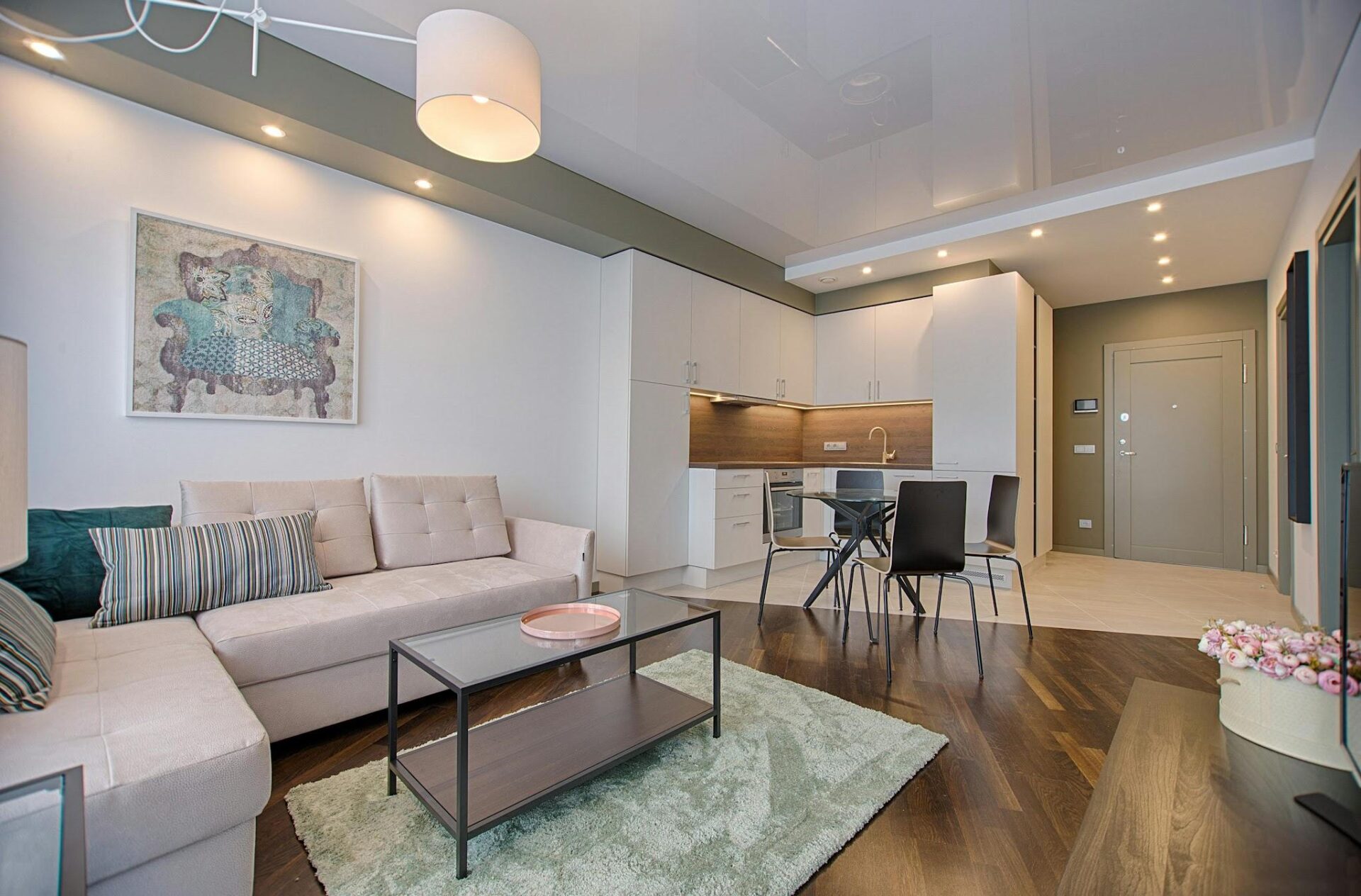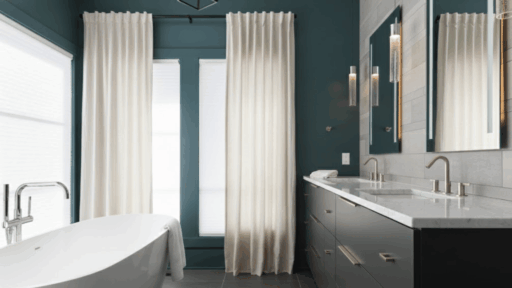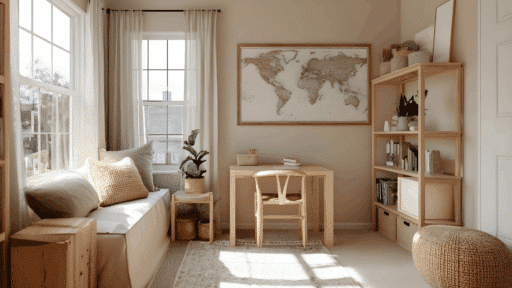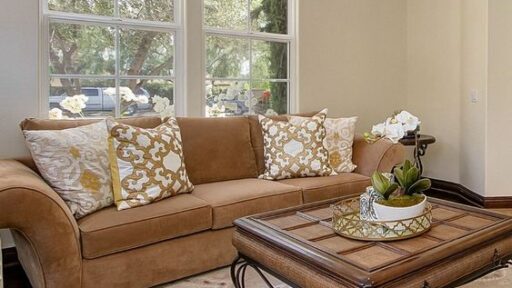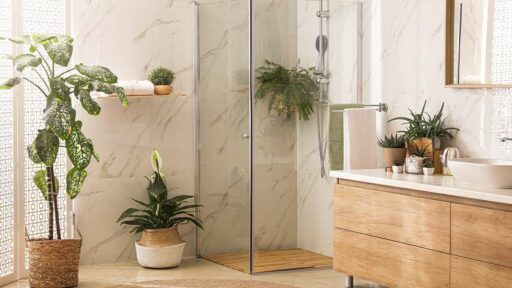A comfortable home isn’t just about aesthetics, it’s about creating an environment that promotes relaxation, functionality, and emotional well-being. Whether you live in a small apartment or a spacious family home, comfort depends on thoughtful design choices and subtle upgrades. Even small adjustments can make daily routines smoother, reduce stress, and enhance the atmosphere of your space.
With the right mix of layout, lighting, and personal touches, any home can become a place that feels warm, welcoming, and effortless to live in. The key lies in recognizing how small, intentional changes have a big impact on comfort and satisfaction.
Rethinking Furniture for Function and Flow
Furniture placement plays a major role in how inviting and functional a home feels. Cluttered layouts make rooms feel confined, while poorly arranged pieces can disrupt movement or conversation flow. The goal is to balance practicality and comfort without overcrowding your living areas.
Start by identifying how each space is used most often. For instance, in living rooms, arrange seating to encourage conversation rather than focusing everything around the television. Modular furniture and flexible layouts make it easier to adjust arrangements for gatherings or quiet moments.
Comfort-focused additions improve relaxation. Soft throws, supportive chairs, and bean bags such as those at beanbagsrus.com can instantly transform underused corners into cozy retreats. Bean bags, in particular, add versatility since they adapt to body shape and can be moved easily between rooms. They’re perfect for casual reading spots, gaming setups, or movie nights. Choosing furniture that prioritizes comfort without sacrificing style creates harmony throughout the home.
Improving Lighting for Mood and Productivity
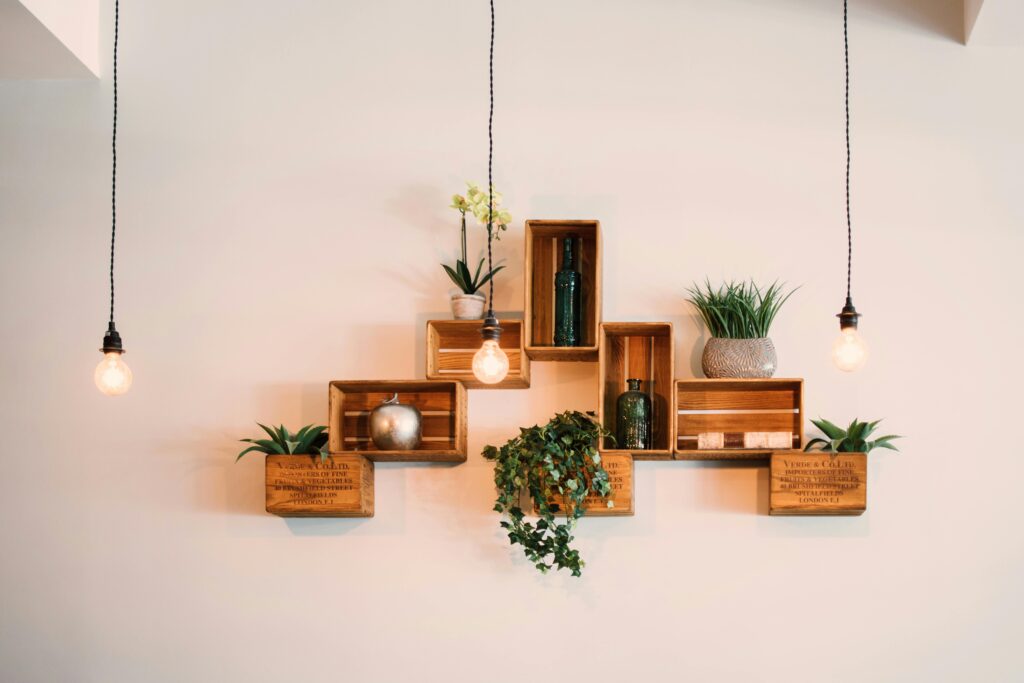
Lighting is one of the most underestimated elements of home comfort. Harsh or uneven lighting can make a room feel cold and uninviting, while soft, layered illumination creates warmth and depth. Incorporating a mix of ambient, task, and accent lighting allows you to customize brightness for every activity and time of day.
Natural light should be maximized wherever possible. Opening curtains during the day or using sheer window coverings helps sunlight flow through the space, boosting mood and energy. For evening hours, warm-toned LED bulbs and dimmable fixtures provide gentle, soothing illumination.
In areas like kitchens or workspaces, focused task lighting ensures that chores or projects can be done safely and efficiently. Adding floor lamps or wall sconces in darker corners improves balance, eliminating shadows that strain the eyes. These subtle lighting changes promote comfort while enhancing both productivity and relaxation.
Regulating Indoor Temperature and Air Quality
Temperature and air quality have a direct impact on how comfortable a home feels. An overly warm or chilly environment can disrupt sleep and reduce energy levels, while poor air circulation can cause lingering odors and humidity.
Investing in a programmable thermostat allows you to set ideal temperatures for different times of day, ensuring a consistent indoor climate. Ceiling fans provide energy-efficient airflow, helping distribute warm or cool air more evenly. Regularly changing HVAC filters and scheduling seasonal maintenance keep systems running efficiently while improving air quality.
Enhancing Texture and Softness
Comfort isn’t only visual, it’s tactile. Incorporating texture through fabrics, rugs, and upholstery adds warmth and dimension to any space. Soft materials encourage relaxation by engaging the senses and making environments feel more lived-in and inviting.
Layering different textures helps create depth. Pairing smooth leather furniture with knitted throws or woven baskets softens the look. Area rugs provide warmth underfoot while defining spaces within open layouts. For bedrooms, high-thread-count bedding and plush pillows create an instant sense of retreat.
Avoid overloading a room with too many competing textures, though. The goal is balance, enough variety to add interest without overwhelming the senses. Thoughtfully chosen materials foster comfort and coherence in every part of the home.
Organizing Spaces for Ease and Simplicity
Disorder contributes directly to discomfort. Cluttered spaces can feel mentally and physically draining, while an organized home creates calm and focus. Start by decluttering high-traffic areas such as entryways, countertops, and living rooms.
Use storage solutions that complement your décor, like baskets, floating shelves, or furniture with hidden compartments. This keeps essentials close but out of sight. Labeling storage bins and maintaining consistent organization systems makes cleanup effortless, reducing daily stress.
Minimalist organization doesn’t mean removing personality; it means ensuring everything has a place. When belongings are easy to find and surfaces remain clear, the home feels more open, peaceful, and manageable.
Bringing Nature Indoors for a Restorative Feel
Natural elements introduce balance and serenity into indoor spaces. Houseplants, wooden accents, and stone finishes all evoke a calming connection to the outdoors. Research shows that exposure to natural materials and greenery can lower stress and improve mood.
A small indoor herb garden can bring freshness to kitchens, while potted succulents brighten windowsills without requiring constant maintenance. Water features or aquariums add a soothing auditory dimension that encourages relaxation.
Even artwork featuring landscapes or natural imagery contributes to this effect. Incorporating organic textures and earthy colors enhances visual comfort while maintaining a sense of groundedness within the home.
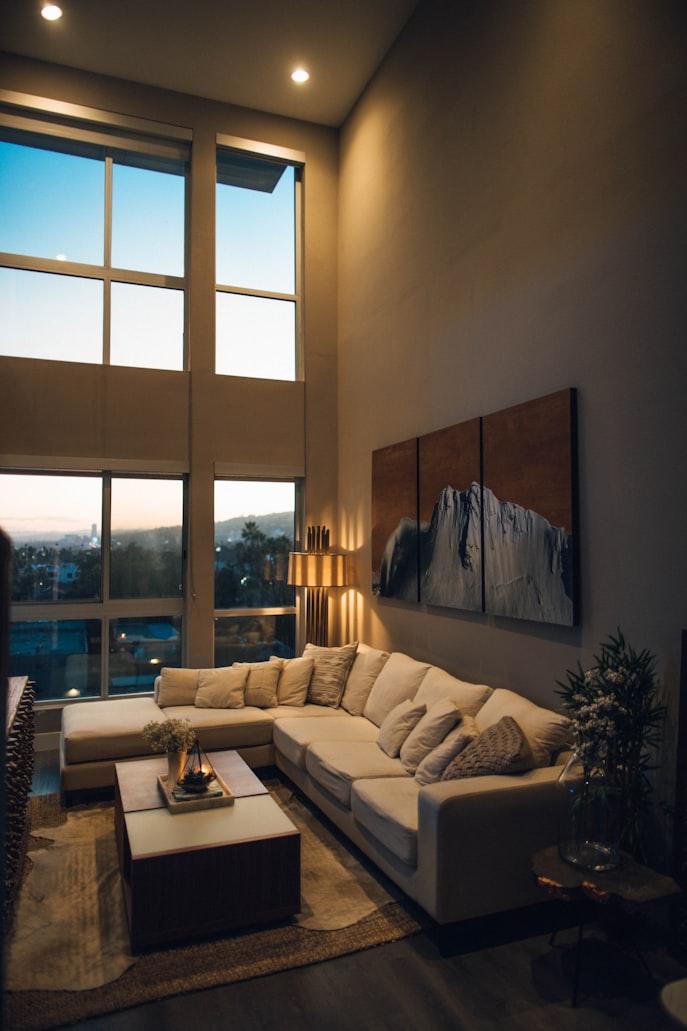
Comfort at home doesn’t depend on luxury, it’s about thoughtful choices that prioritize relaxation, warmth, and connection. Small upgrades in layout, lighting, and personal design create an environment where you can unwind and feel at ease. With a few intentional changes, any home can become a place that restores energy and inspires peace.

